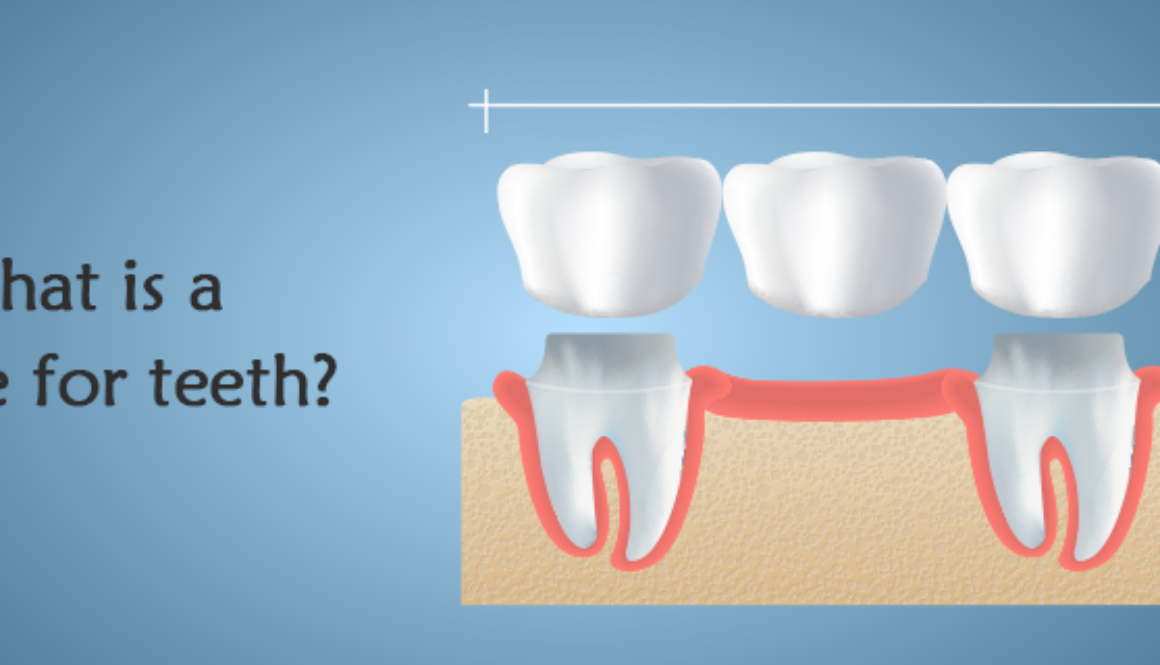All you need to know about Dental Bridges
What are Dental Bridges and How Do They Work?
A dental bridge “is a custom-made replacement tooth or teeth that fill the space where one or more teeth are missing. This bridge retains the natural shape of your face.”
Why would someone need a bridge?
Sometimes due to an injury or poor oral hygiene, teeth can be lost. A missing tooth will give an unsightly gap that could be more than a cosmetic concern.
Other benefits of Dental Bridges
- A simple and minimal procedure that can enhance the look of your teeth
- It improves speech that can be affected by missing teeth
- It eliminates problems you might experience when you’re eating
-
- Putting other teeth at higher risk for tooth decay and gum disease.
- The bone may shrink making the face look older.
- You could also experience pain when chewing or discomfort in your jaw.
- Bridges are made from metal, ceramics, or a combination of the two. Looking at individual cases, requirements and budget involved the dentist will discuss the various options and suggest the best for you.
- A traditional bridge makes use of fake teeth held in place with crowns that are cemented to the teeth surrounding the tooth that is missing.
- Yet, another option is a cantilever bridge. Here, it is supported by a crown on only one side.
- Other options include using porcelain or metal framework to hold the fake tooth in place.
- The final type is an implant-supported bridge. Many times, dental implants may be used to support a bridge. The implants are surgically placed in the jaw and bone helps hold the implants in place.
- Using a floss threader
- Brush your teeth twice a day and floss every day.
- Make sure you clean between your teeth and under the bridge.
- Visit the dentist regularly for check-ups and professional cleanings.
- Consume a proper, healthy diet.

